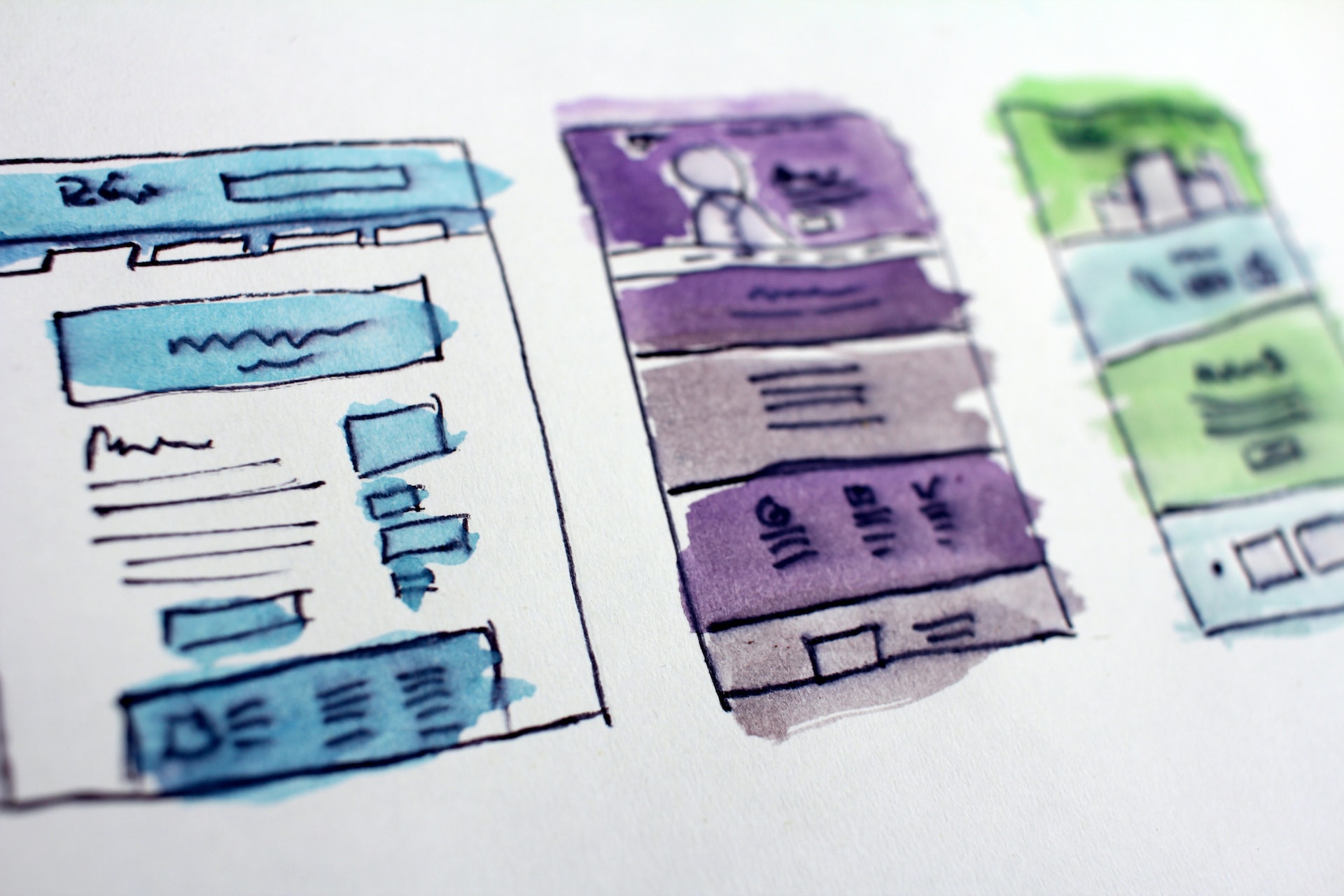When it comes to designing a website, one of the key decisions you’ll face is choosing the right layout. The layout of your website not only impacts its aesthetics but also its functionality and user experience. In this article, we’ll explore different website layouts, including grid-based, single-page, and multi-page layouts, and discuss when to use each one.
Understanding Website Layouts
Grid-Based Layouts
Grid-based layouts are a popular choice for many websites. They involve dividing the web page into a grid of columns and rows, creating a structured and organized design. Grid layouts are highly versatile and can be used for various types of websites, including e-commerce sites, portfolios, and blogs. They provide clear content hierarchy and are ideal when you have a significant amount of content to present.
Source: UX Design
Single-Page Layouts
Single-page layouts, as the name suggests, consist of a single web page that scrolls vertically to reveal different sections of content. This layout is perfect for websites with a concise message or a limited amount of content. It offers a seamless and immersive user experience, making it suitable for landing pages, portfolios, and product showcases. Single-page layouts are known for their simplicity and elegance.
Source: Smashing Magazine
Multi-Page Layouts
Multi-page layouts are the traditional approach to website design, where content is distributed across multiple interconnected pages. This layout is suitable for websites with extensive content, such as news sites, e-learning platforms, and corporate websites. Multi-page layouts provide a structured navigation system and are beneficial when you want to organize content into distinct sections.
Source: UX Design
When to Use Each Layout
The choice of website layout should align with your goals and the nature of your content. Here are some guidelines on when to use each layout:
- Grid-Based Layout: Choose this layout when you need to showcase a variety of content types and maintain a clear content hierarchy. It works well for businesses that want to present products or services with accompanying details.
- Single-Page Layout: Opt for a single-page layout when you have a concise message or a limited amount of content. It’s excellent for capturing user attention quickly and delivering a focused message.
- Multi-Page Layout: Use a multi-page layout when you have extensive content that needs to be organized into distinct sections. This layout is suitable for websites with multiple services, categories, or products.
Conclusion
Choosing the right website layout is a crucial step in the web design process. Each layout type has its strengths and is best suited for specific scenarios. By understanding the differences between grid-based, single-page, and multi-page layouts, you can make an informed decision that aligns with your website’s goals and content.
Whether you opt for a structured grid-based layout, a sleek single-page design, or a comprehensive multi-page setup, the key is to create a website that delivers a seamless and engaging user experience. Remember, if you need help with your small business or organization web design, reach out to Sozo Technologies to see how we can help.



